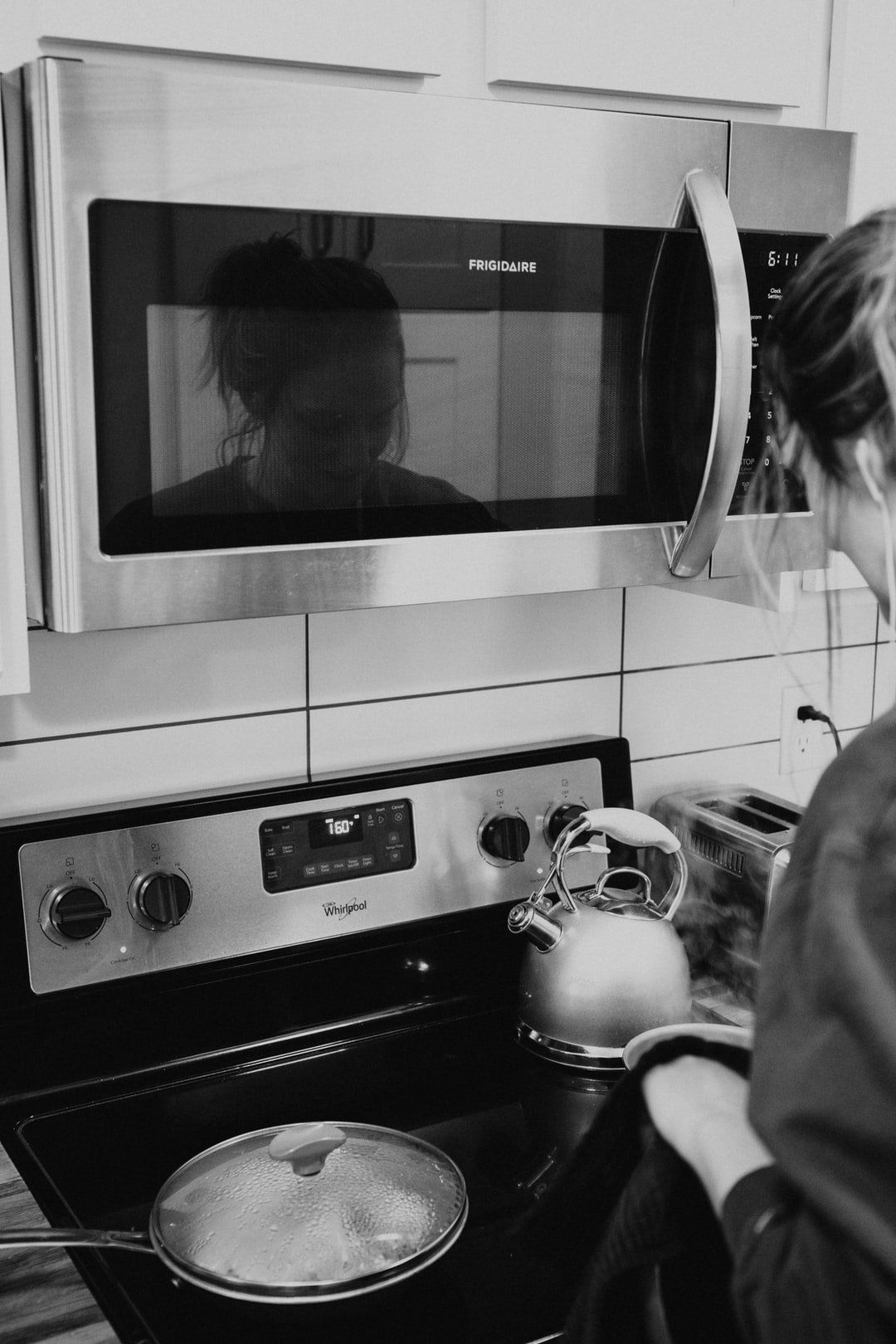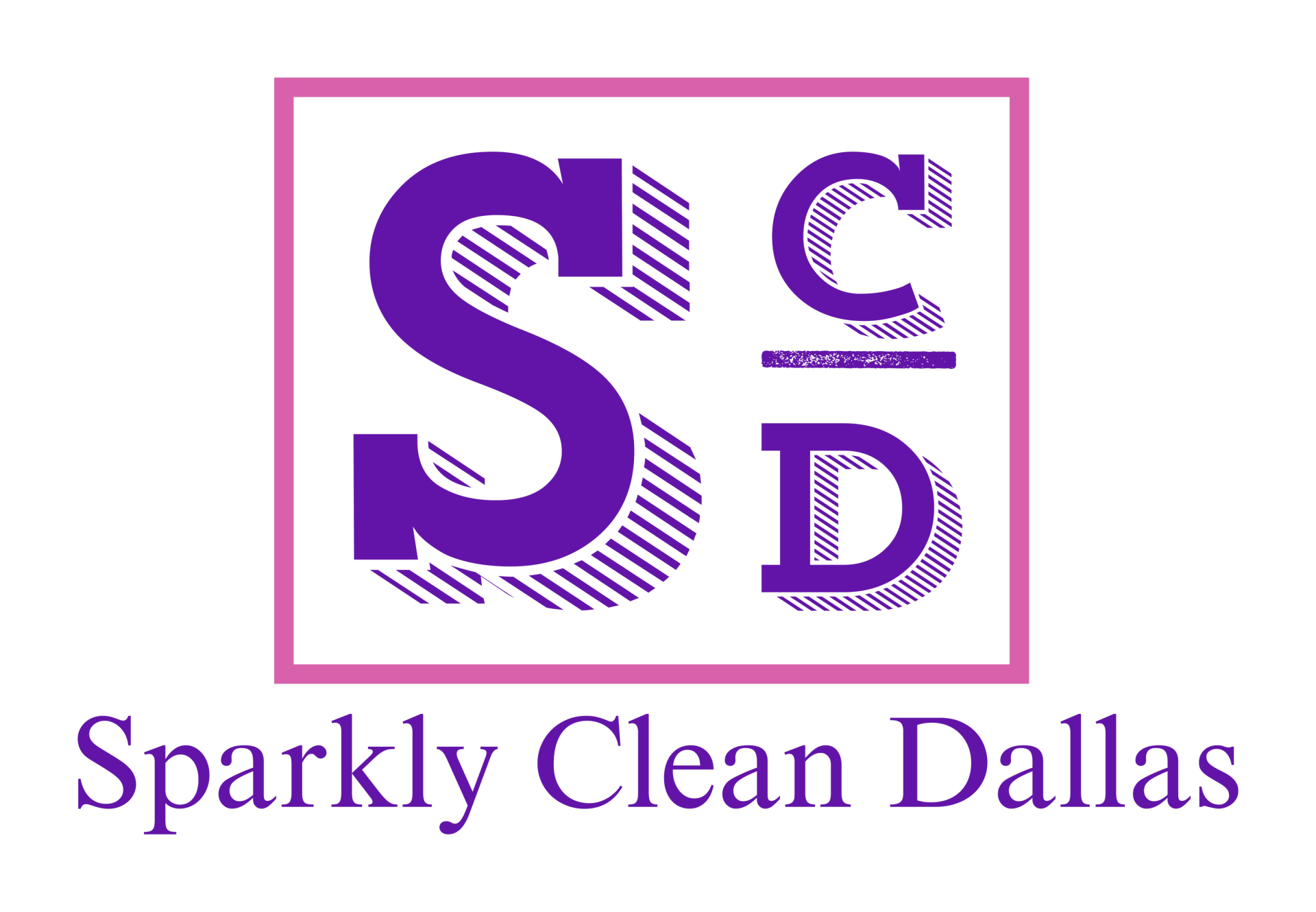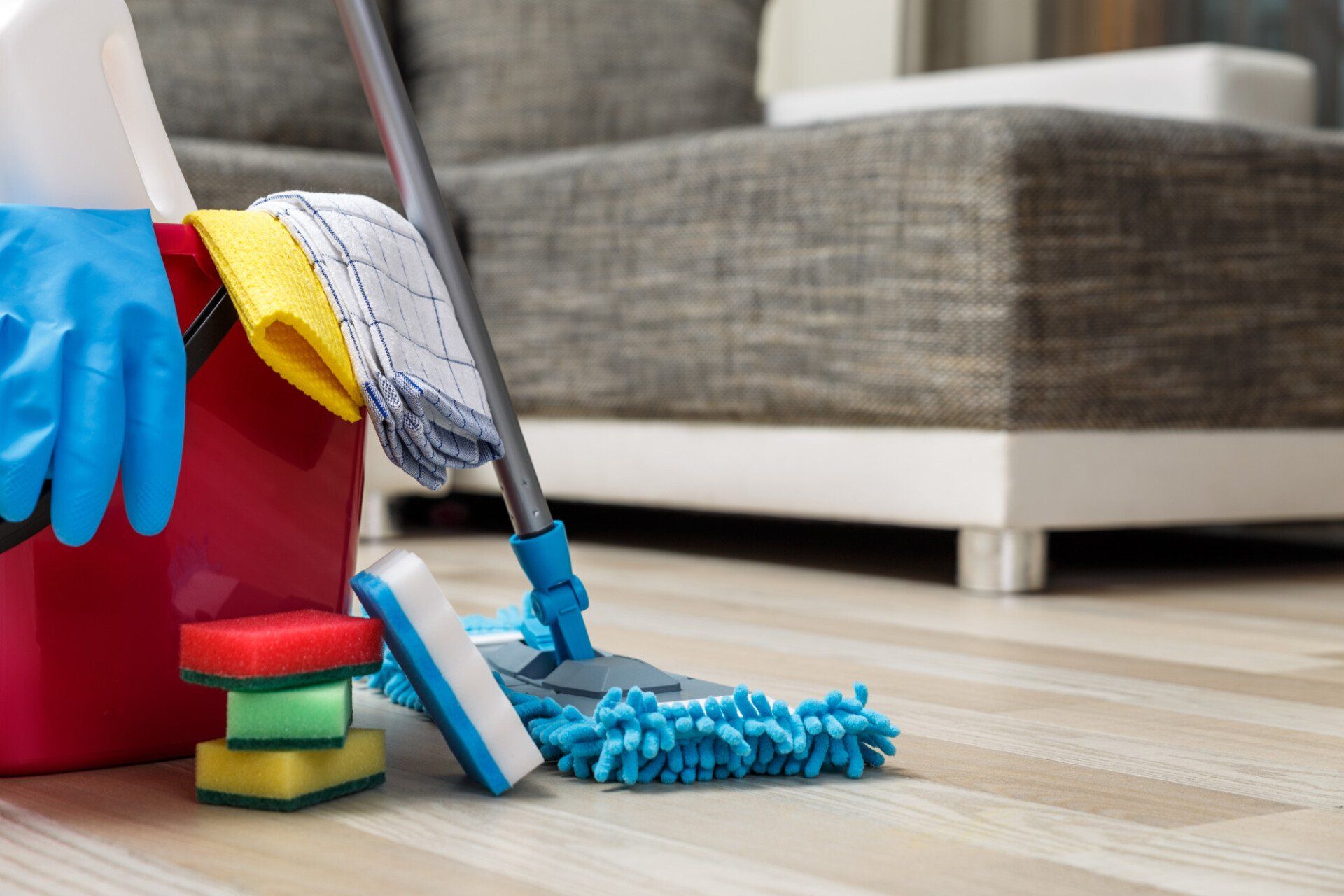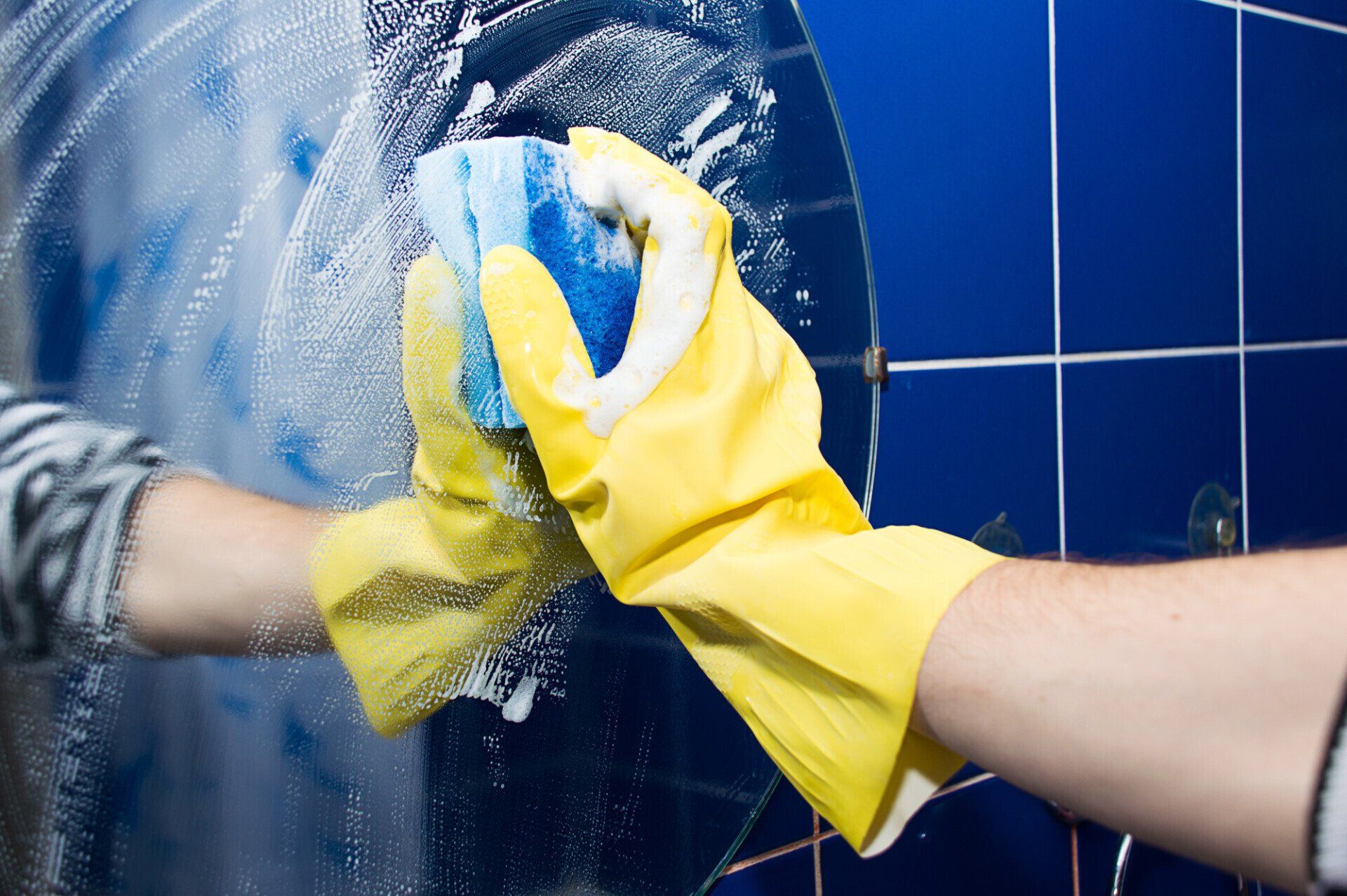Kitchen Cleaning: A Step by Step Guide to Deep Cleaning Your Kitchen
We take a look at how to deep clean a kitchen. Check out our guide for tips about kitchen cleaning and the best methods to get your kitchen thoroughly cleaned.
If you had to take a guess, which room in your home would you say holds the most germs? Was your guess the bathroom? Many people are quick to believe the bathroom is the germiest room in the house.
However, that's not necessarily the case. Although germs do collect easily in bathrooms, there's one room that holds even more germs. That room is the kitchen.
Lack of kitchen cleaning causes dish sponges/rags to harvest lots of bacteria. You can also find bacteria growing on cutting boards, the kitchen sink, countertops, and coffee makers. The kitchen might be the home's dirtiest room, but that doesn't mean you have to settle for this.
When you take the appropriate steps to deep clean a kitchen, you can remove these nasty germs and create a safe and clean environment. In the guide below, you'll find several helpful kitchen cleaning tips. Continue reading for our ultimate kitchen cleaning checklist!
Clean From Top to Bottom
Before getting started, some good advice about kitchen cleaning is to clean from top to bottom. If you choose to clean in a different direction, then you could end up making more work for yourself. For example, if you wipe down the countertops and then decide to dust the light fixture, where does that dust go?
It lands right on top of those countertops! Don't make cleaning more difficult than it has to be. Start with your highest surfaces and work your way down.
You can consider dusting and cleaning the ceiling and light fixtures first before making your way down to the top of the cabinets and refrigerator and so on.
Dust the Light Fixtures and Exhaust Fan
It's often easy to forget about dusting and cleaning the surfaces you don't see on a daily basis. You tend to start cleaning surfaces that are eye-level or just above eye level. However, if you want to remove all dirt and germs from your kitchen, then you need to start at the very top.
Dust your ceilings and all around the light fixtures. You can then move on to the tops of your high cabinets, refrigerator, and exhaust fan. Although most grease will splash under the exhaust fan's hood, lots of dust and grease will accumulate on top of the hood as well.
After you remove the dust, you should then use your cleaning products to clean and sanitize these surfaces as well. Do this for all surfaces in your kitchen.
Do the Dishes, Then Clean the Sink
Is your sink overran with towers of dishes? It only takes one home-cooked meal to fill up your sink with dirty dishes. Start breaking this tower down by cleaning each dish.
Use your dishwasher when possible to save yourself time. Do this near the beginning of your cleaning process so the dishwasher has time to clean the dishes. You can then remove the dishes at the end of the cleaning process and clean the dishwasher out then as well.
After all the dishes are removed from the sink, be sure to clean and sanitize your entire sink as well.
Remove Everything From the Refrigerator
If your refrigerator is packed to the top with so many food items that you're not even sure what you have, then it's time to remove everything from inside of it. In order to clean and organize your refrigerator, you need to take everything out and review the expiration dates. Throw out anything that's old or expired.
Clean out the entire refrigerator using the cleaning products of your choice and ensure all shelves and drawers are dry. You can remove shelving and drawers for a simplified cleaning process. Replace them once dry.
Then, purchase organizers and labels to use inside of it. All drinks can go in one bin while all snacks go in another, and so on. Check out a few refrigerator organizing hacks for the ultimate setup.
Scrub the Stove, Then the Oven
As you cook, lots of food splashes onto the stove and drips inside of the oven. If you don't clean these messes up quickly, the stains can become difficult to remove. It might also attract bugs.
Scrub the stove using the right method for the type of stove you have. For example, glass top stoves will require a special soft pad to prevent scratches. If your stove has removable burners, then you can gently remove these and clean them as needed.
Don't forget to clean the area under the burners as well. The knobs and vent hood should release so you can pop them off for a good cleaning. If your stovetop releases as well, then be sure to remove it to clean under that surface area also.
Next, open the stove and remove the shelves. Place them in your dishwasher if possible. Otherwise, fill up a sink with hot soapy water and let them sit.
Spray oven cleaner inside the entire oven, covering all surfaces. Let this sit while you finish cleaning the kitchen. Return back to this later for a simple wipe clean process.
Degrease the Cabinets and Walls
Your stovetop isn't the only thing getting splashed with grease and food. Your cabinets and kitchen walls are subjected to this as well. Degrease your cabinets and walls using a degreaser.
If you don't have a degreaser, then consider using gentle dish soap to help remove grease and food stains. Make sure to start at the top and work your way down so any grease or dirty water that drips will be cleaned up as you go!
Reorganize Cabinets and Pantries
Now that your walls and cabinets are clean, it's time to reorganize the inside of them! To do this, you want to again, remove everything from the inside. Remove all food and pots and pans.
Attempt to find pots and pans holders that you can install on the ceiling or on the wall to save space inside of the cabinets. Then, transfer all food items into plastic containers. Plastic containers will help your food last longer and will keep pests away.
Before returning everything to the cabinets or pantry, you should wipe down all shelves and walls. Wait until they're completely dry before replacing your items.
Polish Your Pots and Pans
You might wash your pots and pans on a regular basis, but washing doesn't always remove cooked-on food particles or tarnish. Research the type of material your pots and pans are made out of. This will affect how you polish them.
For example, a stainless steel pot or pan will need to boil soapy water inside of it for 10 minutes before washing it out. A copper pot or pan will require a paste made of equal parts lemon juice and salt. Learn what material you're working with and then research the best method of deep cleaning that material.
Wipe Down All Appliances
It's often easy to forget to wipe down all of your appliances. They might seem clean on the outside, so you don't stop to think about cleaning them any further. Although it's important to clean the outside of all appliances, it's also important to clean and sanitize the inside of them as well.
Take the time to wipe down your microwave, toaster, coffee maker, blender, and any other appliances you own. If you don't use certain appliances on a daily basis, then find a place for them in your pantry or cabinets to save counter space. After completing this step, you can then move on to cleaning your countertops.
Sanitize and Clean Your Counters
To clean your countertops in the proper manner, you should start by wiping down the surface to remove any loose food crumbs. Then, choose the cleaning product of your choice to clean the counters. The cleaning product you use should be safe for the material your counters are made from.
Then, you'll want to finish by using a sanitizing product on your counters as well. Once the counters are clean, you can then sweep, vacuum, and mop the floors.
Hire Professional Kitchen Cleaning Services
If you want the kitchen cleaning done right, then look no further than Sparkly Clean Dallas. At Sparkly Clean Dallas, our goal is to WOW you from start to finish. We strive for excellence in all the services we provide.
We work hard to keep your home clean so you can relax and focus on more important things. We'll come to either your home or business and won't leave until the entire place is as clean as we'd want for our own space.
Contact us for a list of services, price inquiries, and to book your appointment today.



